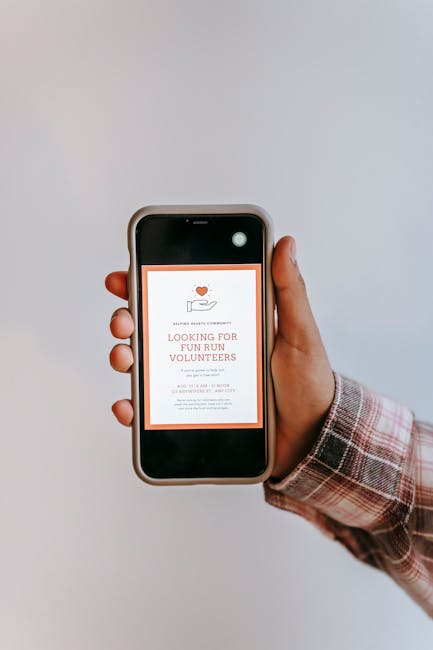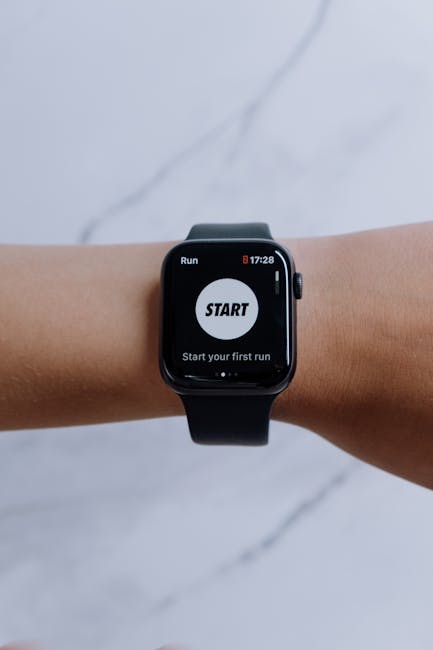
Mobile Phone Emergency Features You Should Know About
Mobile Phone Emergency Features You Should Know About
In today’s fast-paced world, mobile phones have evolved beyond mere communication devices—they are lifelines in emergencies. Whether you’re facing a medical crisis, a natural disaster, or an unsafe situation, knowing how to utilize your phone’s emergency features can be life-saving. Below, we explore essential functions available on most smartphones that everyone should familiarize themselves with.
Emergency SOS: Quick Access to Help
Modern smartphones come equipped with an Emergency SOS feature, allowing users to swiftly call for assistance. On iPhones, rapidly pressing the side button five times triggers an automatic call to emergency services. Android devices offer similar functionality, often activated by pressing the power button multiple times. Some models even send your location to pre-selected contacts, ensuring help arrives faster.
Medical ID and Emergency Information
Both iOS and Android enable users to store critical medical details—such as blood type, allergies, and emergency contacts—accessible from the lock screen. First responders can view this information without unlocking your phone, providing vital context during medical emergencies. To set this up, iPhone users can utilize the Health app, while Android users can configure it in their device settings under “Emergency Information.”
Location Sharing for Safety
Apps like Find My (Apple) and Google Maps Location Sharing allow you to share your real-time location with trusted contacts. This feature is invaluable during travel, hiking, or in situations where you feel unsafe. Some devices also offer automated check-ins, notifying loved ones if you don’t arrive at a destination as planned.
Extreme Weather and Disaster Alerts
Many smartphones receive government-issued emergency alerts, including severe weather warnings, AMBER alerts, and public safety messages. Ensure these notifications are enabled in your settings to stay informed during crises. Additionally, apps like FEMA and Red Cross provide real-time disaster updates and preparedness tips.
Battery-Saving Tips for Emergencies
When stranded with low battery, activating Low Power Mode (iPhone) or Battery Saver (Android) can extend your phone’s lifespan long enough to call for help. Disabling background apps, reducing screen brightness, and switching to airplane mode in areas with weak signals can also conserve power.
Final Thoughts
Your smartphone is a powerful tool in emergencies, but its effectiveness depends on your familiarity with these features. Take a few minutes today to configure these settings—it could make all the difference when seconds count. Stay prepared, stay safe.







